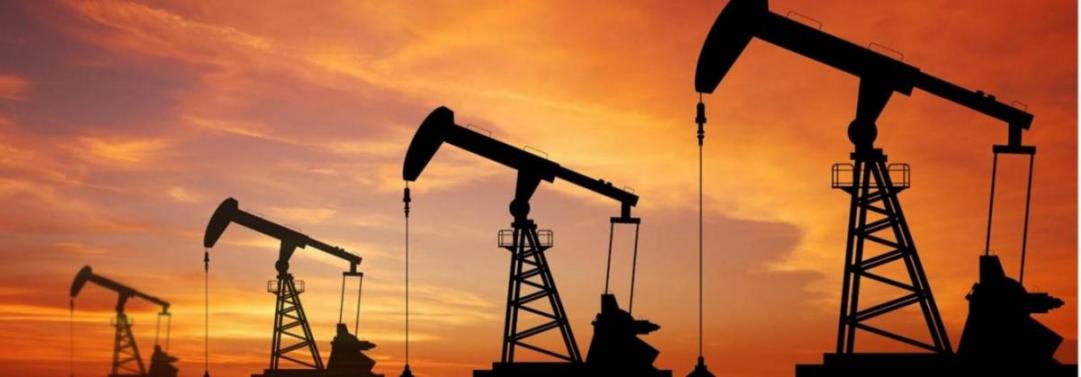Despite a small increase in oil production and exports following the 2013 Geneva interim agreement, a further increase of Iranian crude production and exports can only result from an easing or lifting of international sanctions.
In such a situation, as Business Monitor International (BMI) puts it in its latest forecast of Iran's oil and gas sector, a significant ramp-up in production and exports to pre-sanctions levels would take, at least, three to four years starting from when sanctions are lifted.
The latest BMI report also highlights that years of underinvestment, maturing oilfields and a lack of field and well maintenance has damaged fields, affecting the country's production capacity.
Gas production will continue to grow, with further development of South Pars phases, BMI predicts. Despite strong growth, limited access to capital and technology will still prevent production from accelerating sufficiently to meet domestic demand. This will translate into gas shortages.
BMI expects Iran's 2014 crude and gas condensate production to reach a total of 3.25 million barrels per day, about 150,000 b/d higher than 2013 production, with very small y-o-y output increase during the forecast period by 2018. As BMI assumption is that the current international sanctions on the country remain in place, crude oil exports will be limited to 1.0-1.1mn b/d. The report also highlights that an increase in domestic consumption as well as a surge in condensate production would result in a slight year-on-year oil production growth.
Iran's Crude and condensate exports have fallen by over 1mn b/d since the tightening of sanctions targeting its oil exports. While exports rose by about 200,000b/d in the first half of 2014 following the implementation of the interim nuclear agreement, a significant portion of the increase is attributed to a rise in condensate exports, essentially to China and India. A more significant increase of Iranian crude exports can only result from further easing or lifting of international sanctions, the report states.
Given a significant refining capacity expansion to 1.8-1.9mn b/d over the past three years and fuel subsidy cuts, BMI considers that Iran is close to self-sufficiency in refined fuels. Should the first phase of the Persian Gulf Star refinery become operational by 2016/2017, Iran could come close to fuel self-sufficiency until 2019. However, this depends on the extent of capacity expansion in the next four years.
Gas Shortage Likely
BMI has revised Iran's gas production outlook for Q1 2015, based on tangible progress made in South Pars field development projects, despite the fact that sanctions over Tehran's nuclear energy program have mostly remained in place. Iran's successful startup of Phase 12, however, highlights that the country is managing to partly develop these phases in the face of restrictions in foreign trade.
Despite its revised outlook for gas production, BMI believes output will not be sufficient to satisfy domestic demand in the short-to-medium term, with consumption expected to rise in tandem with production.
This will lead to a situation where gas shortages will continue to occur in the coming years, notably in winter.
While Iran has the capacity to become a major regional gas exporter in the long term, the new report says this is unlikely to happen under the current international sanctions targeting the sector. In the case of a complete lifting of sanctions, domestic gas demand and the time and investment required to boost production will cap Iranian gas exports in the years to come, the report predicts.


